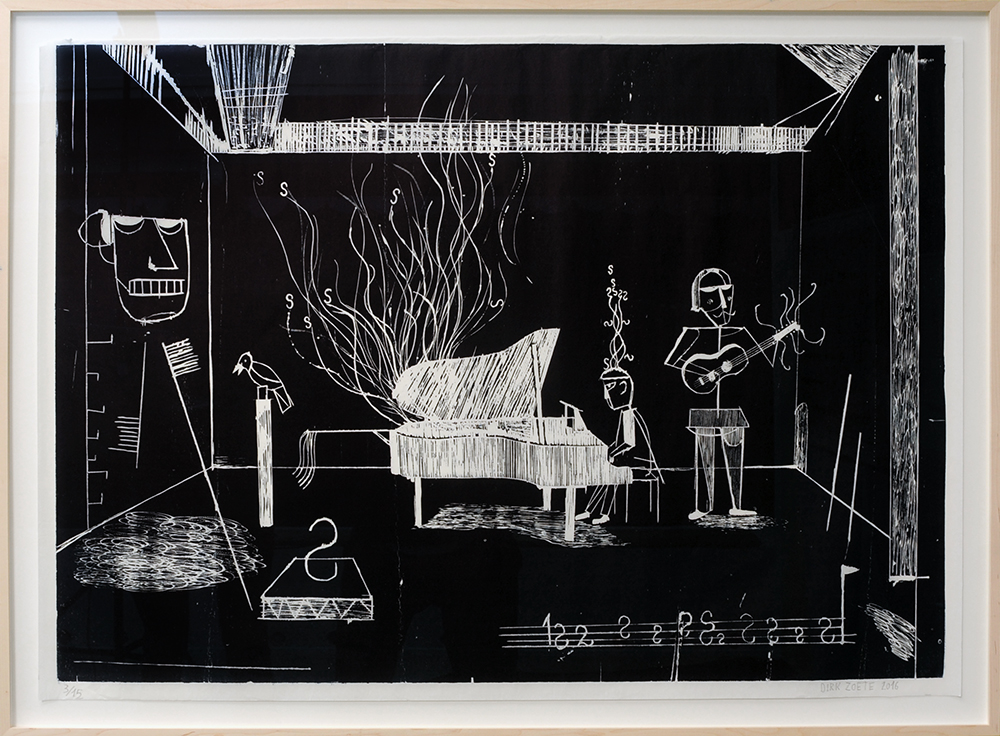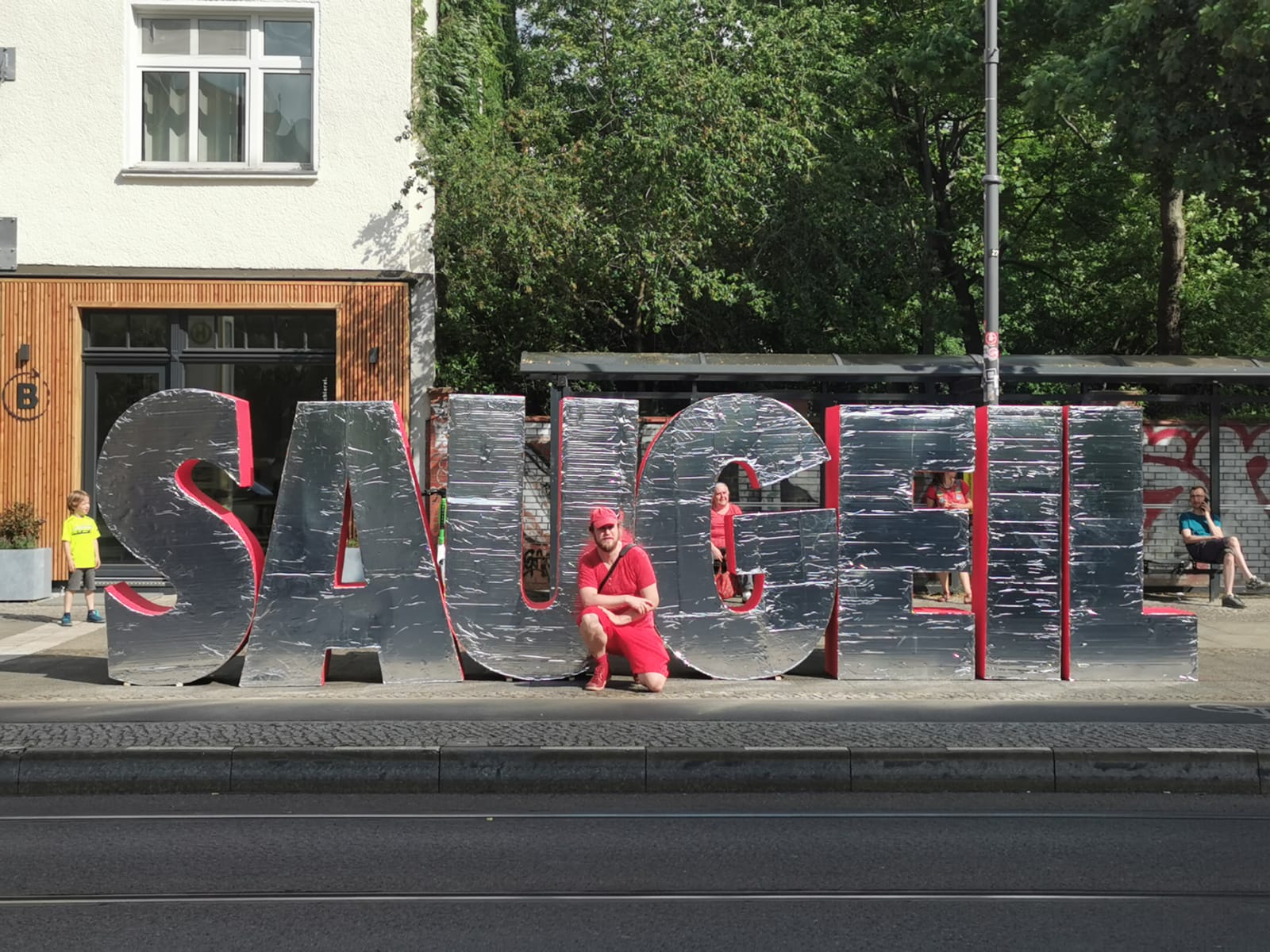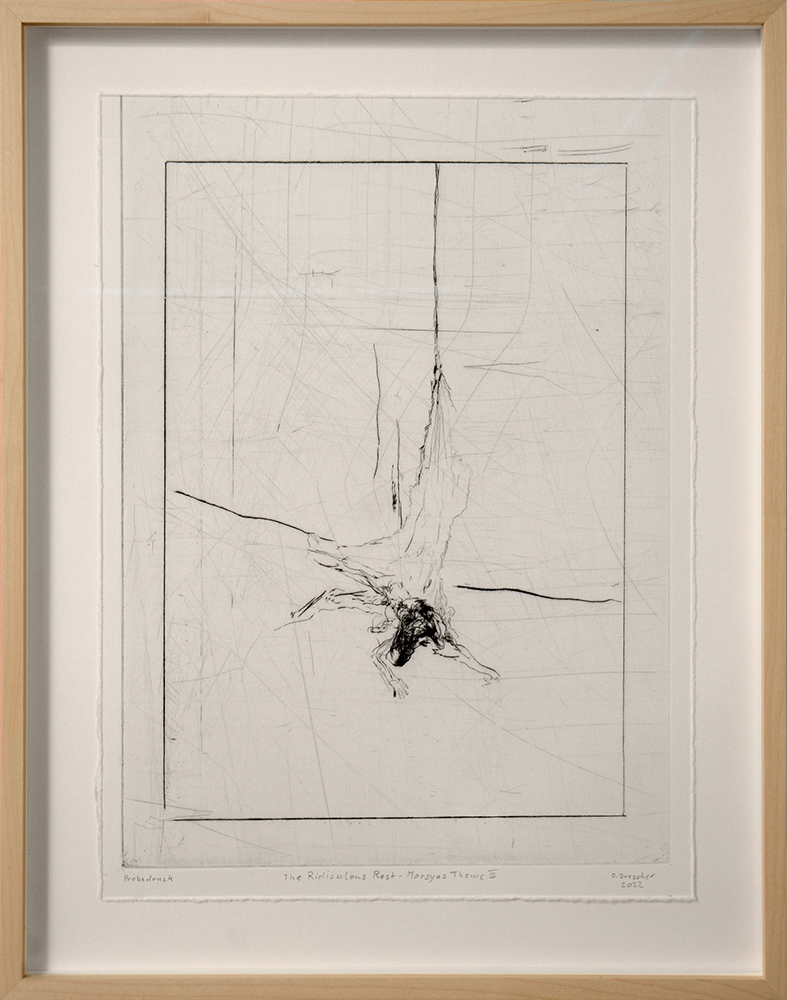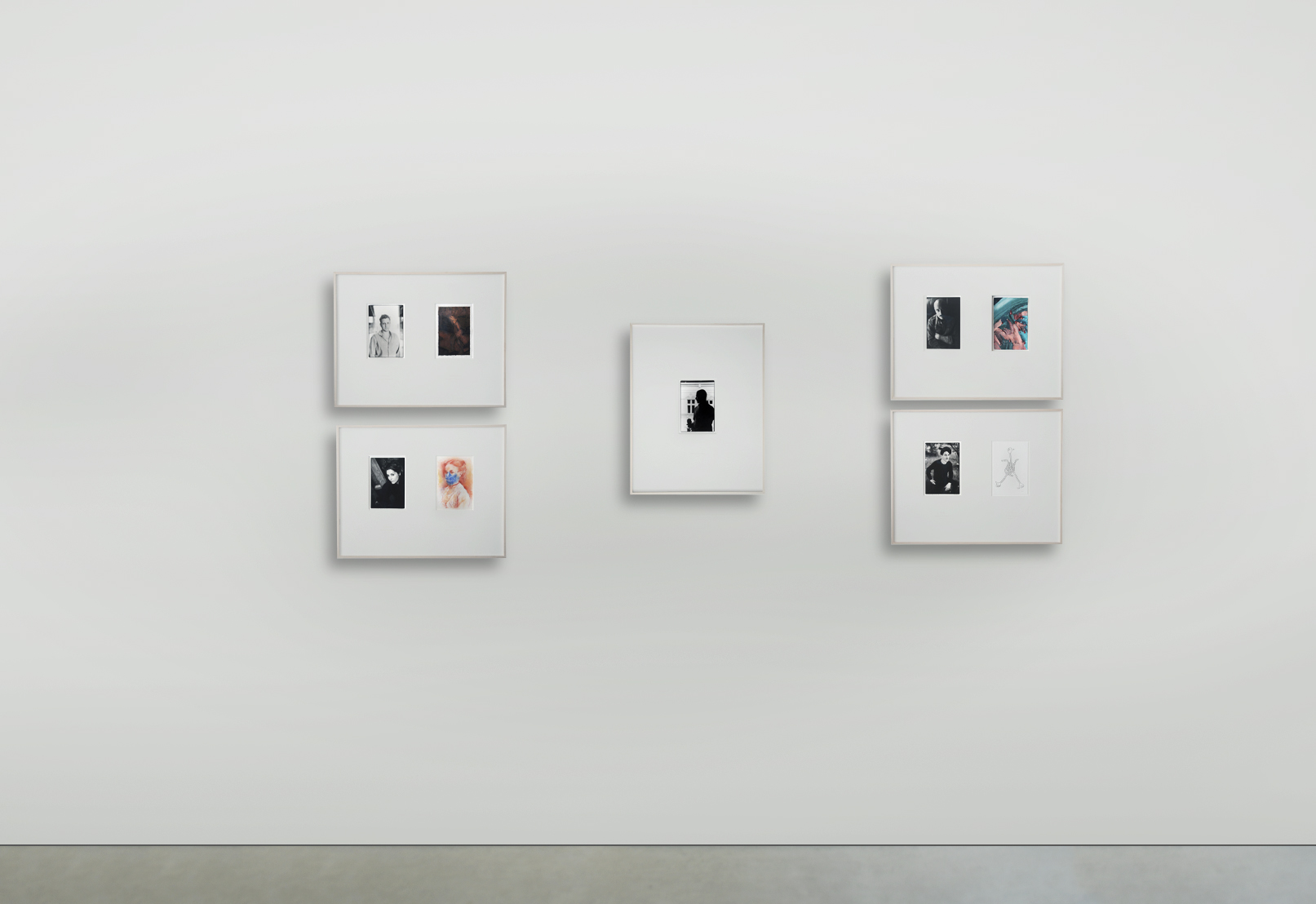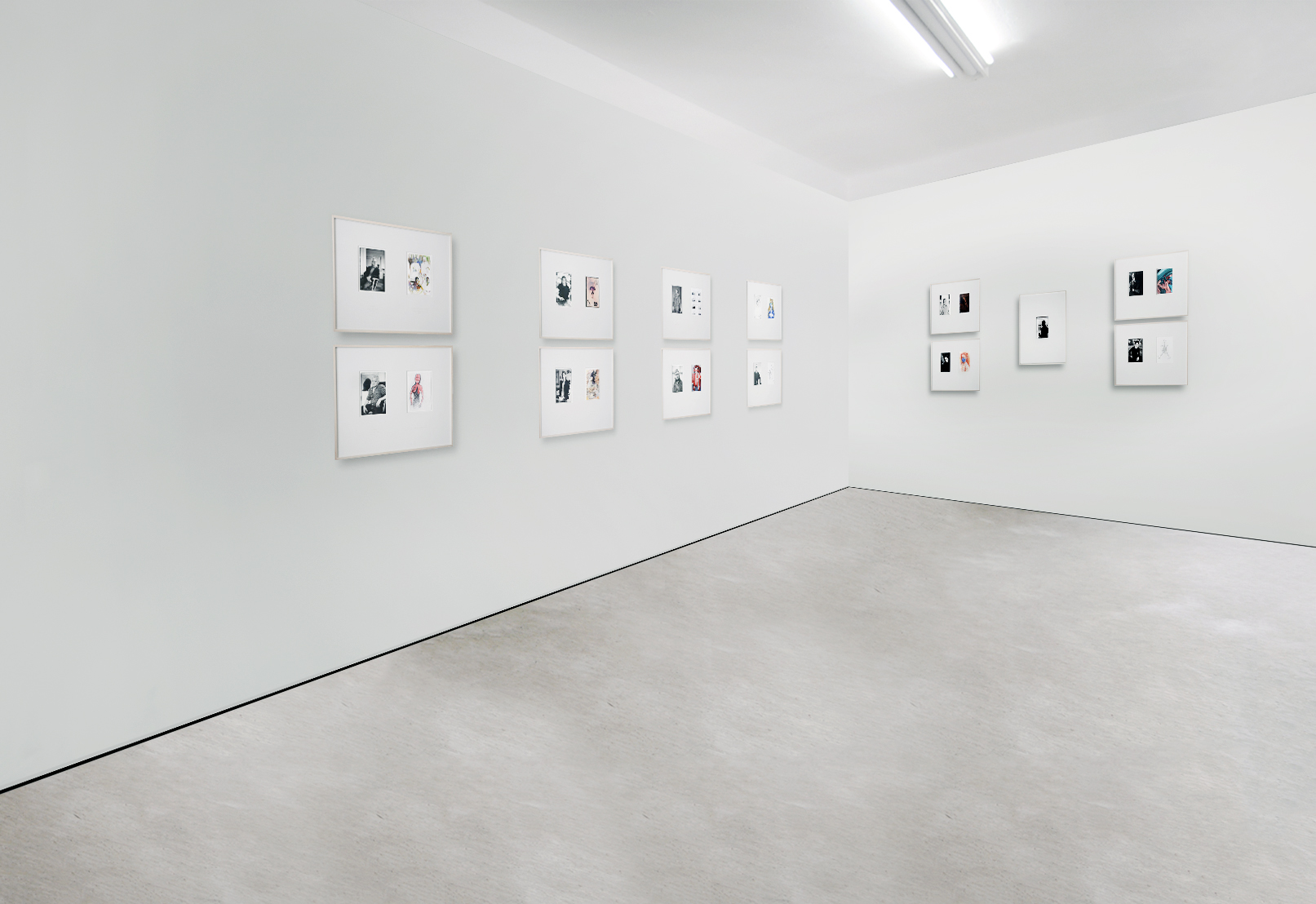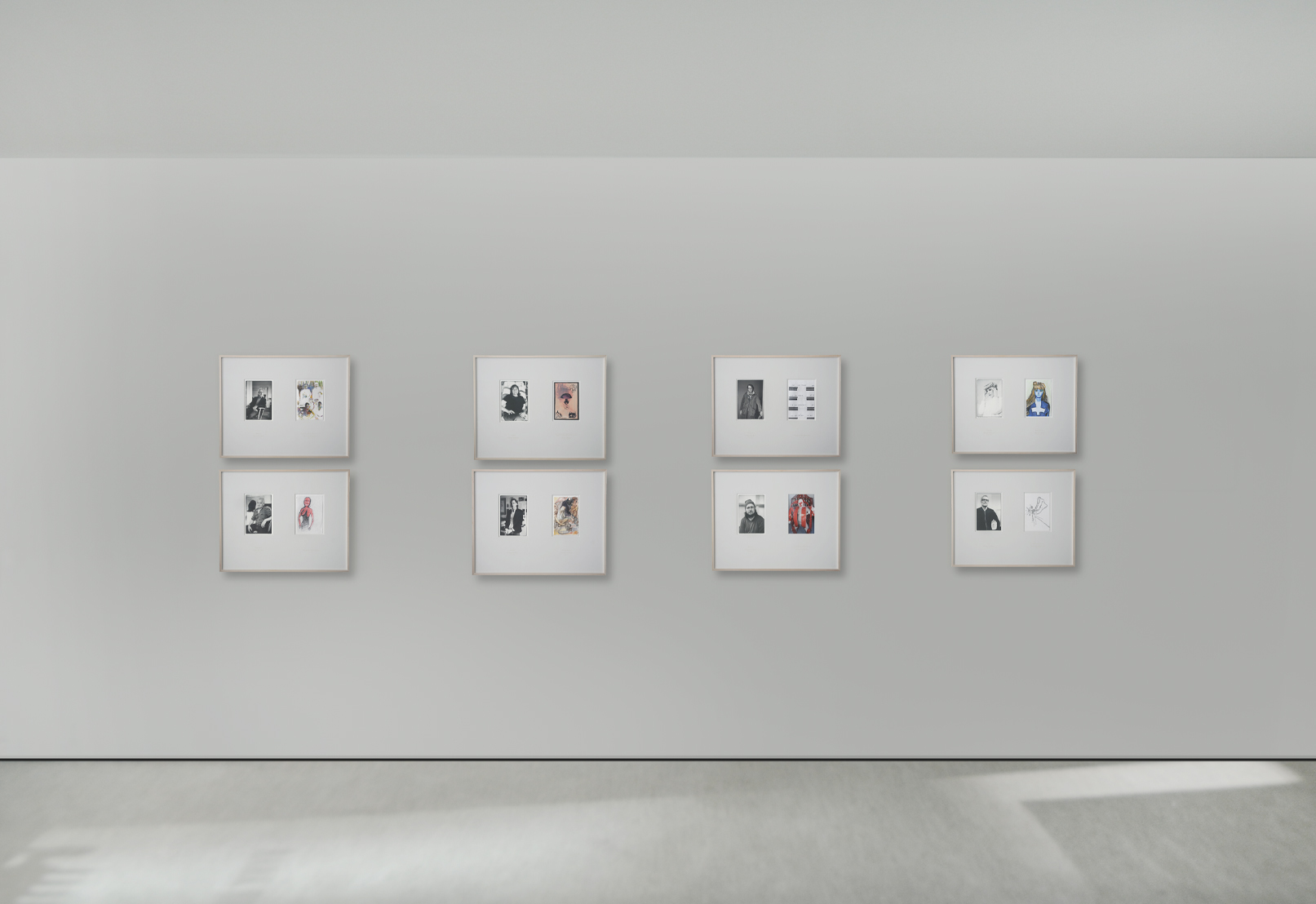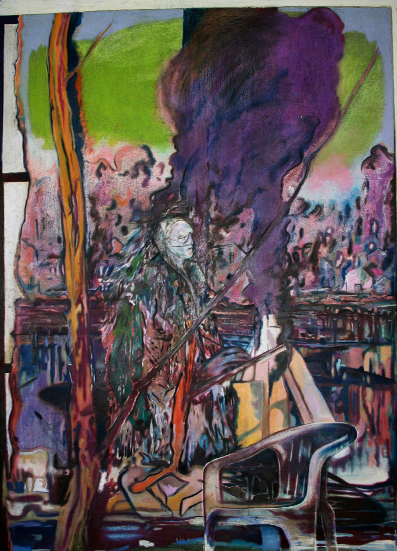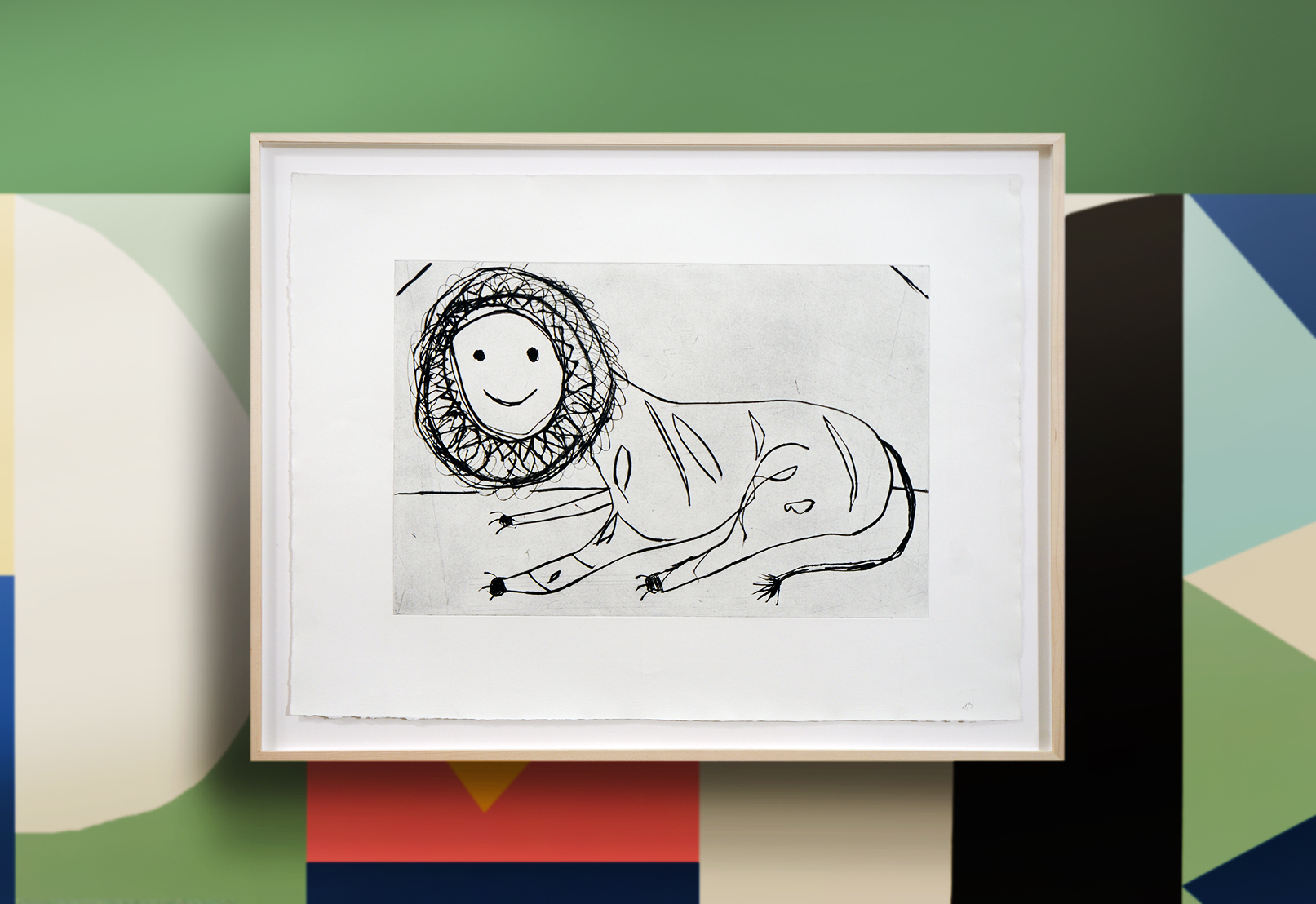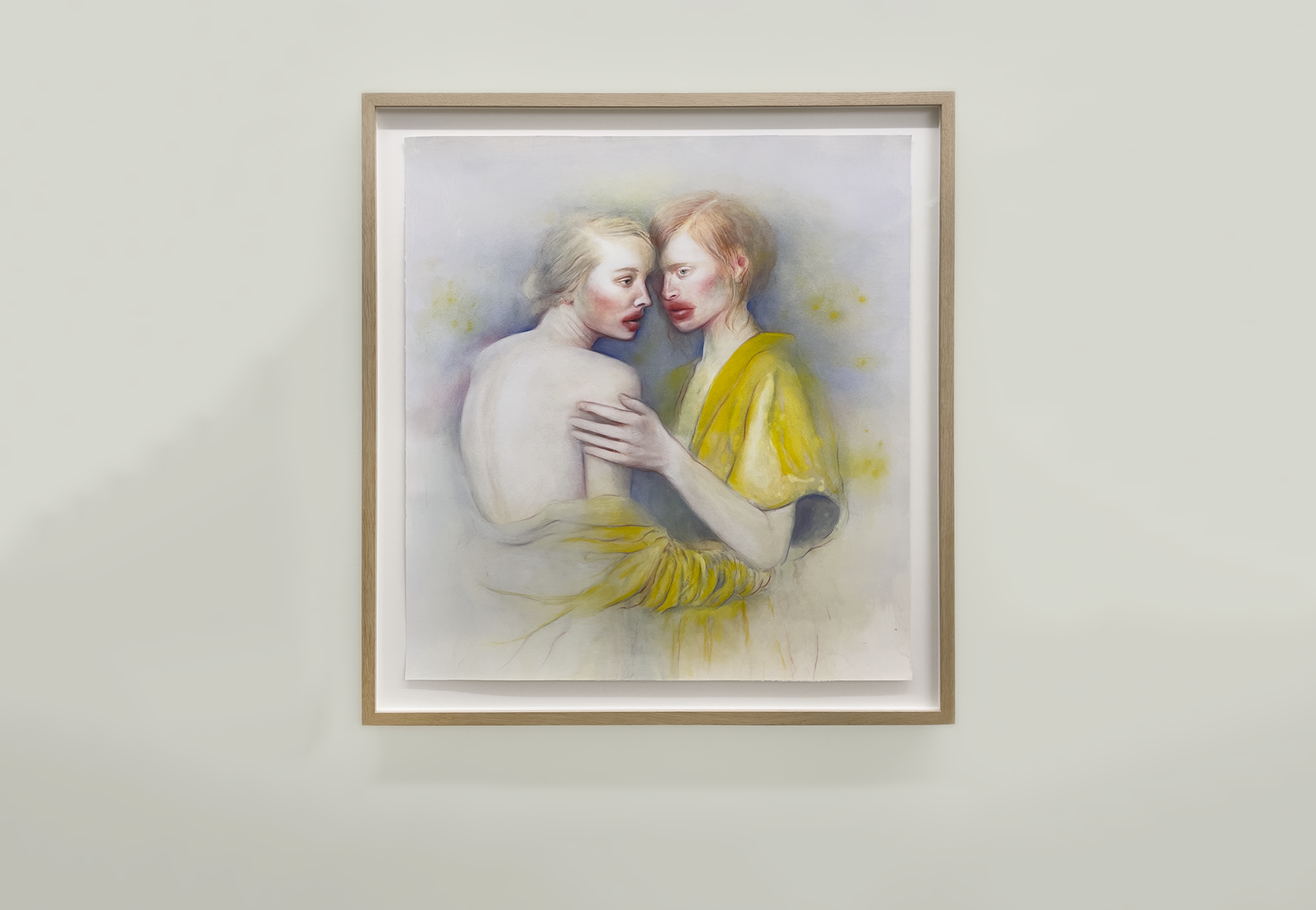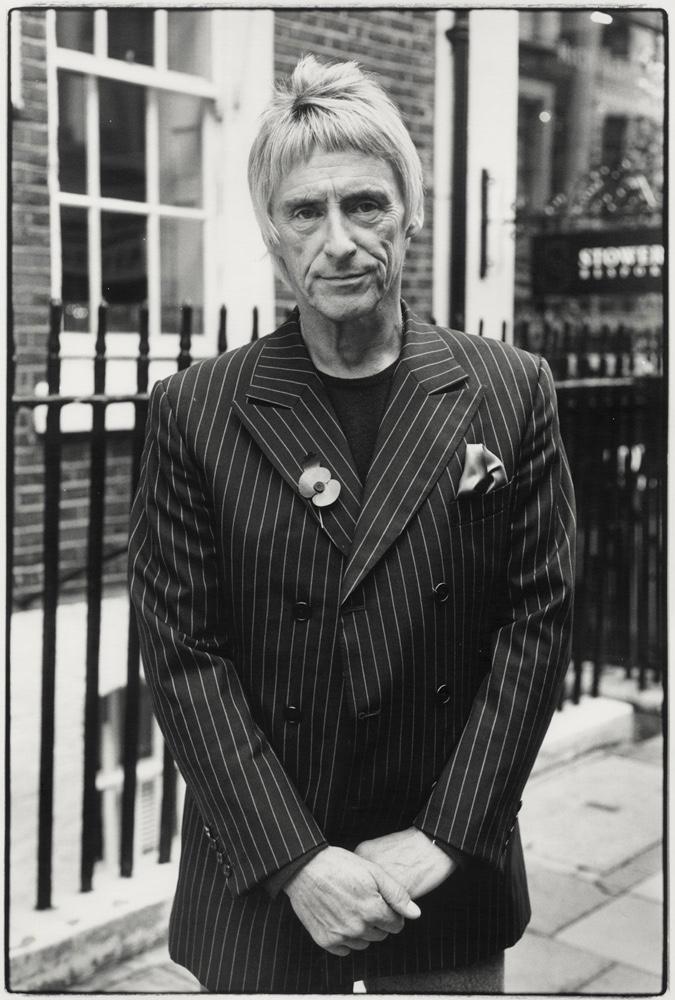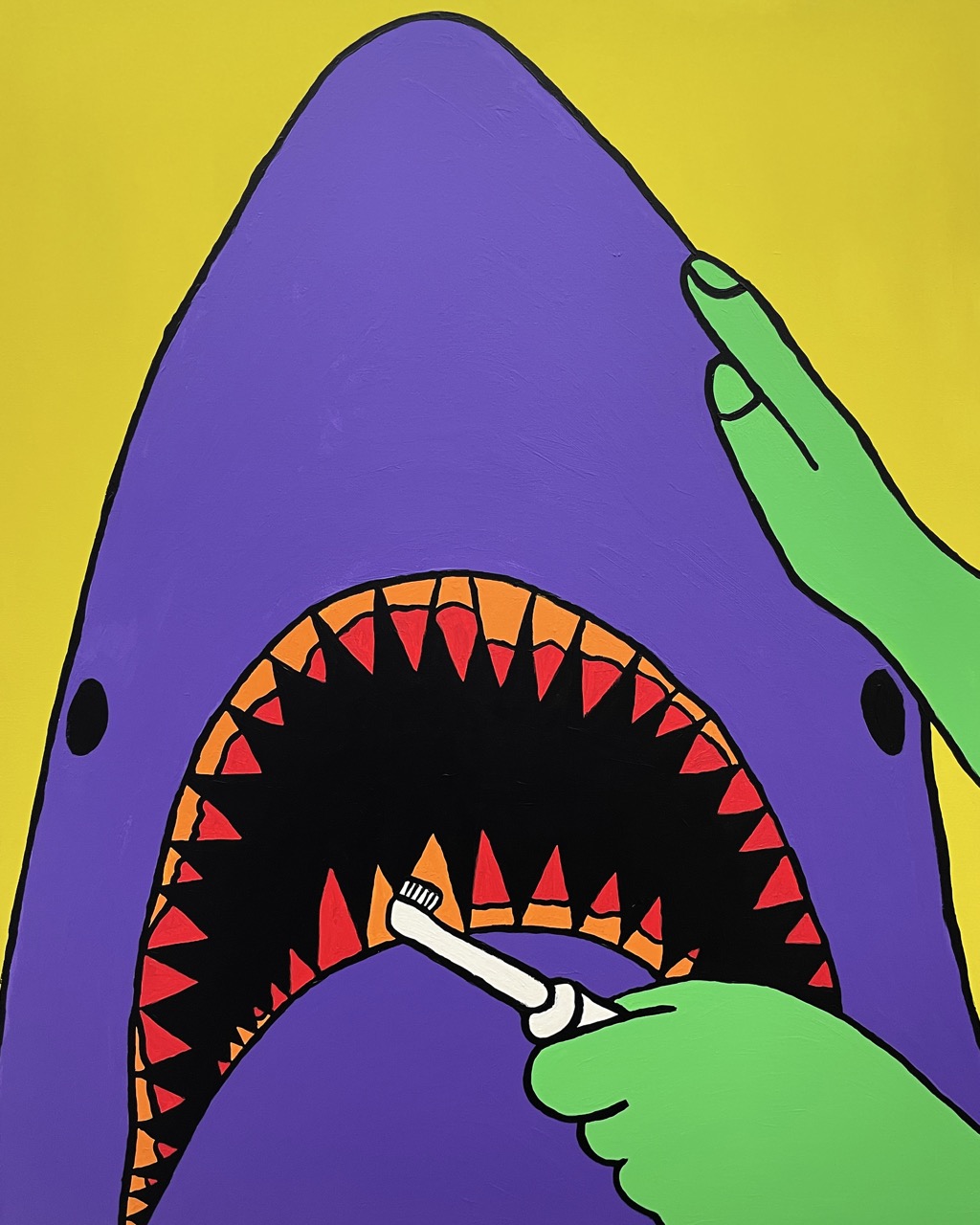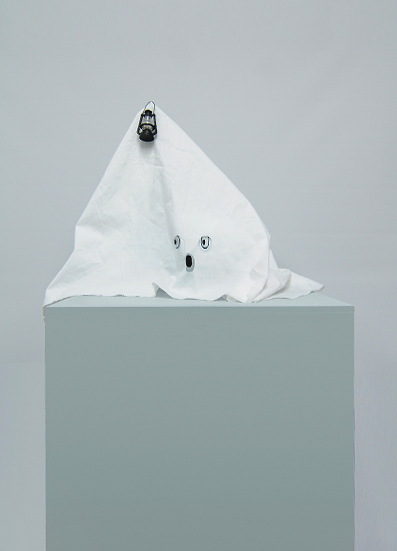Andy Best, Charlie Stein, Daniel Chluba, Dennis Rudolph, Dennis Scholl, Dima Zorkov, Gregor Hildebrandt, Kata Unger, Marianna Ignataki, Martin Dammann, Matthias Dornfeld, Ondrej Drescher, Via Lewandowsky: The Outside Of The Inside : Verena Kerfin Gallery, Köthener Strasse 28, Berlin 10963
Past
exhibition
Overview
The Outside of the Inside
Photographer Dima Zorkov's approach to portraiture is the same as he approaches all other subjects with the camera, it is a way determined by his camera choice and developing technique. Zorkov uses a Leica M3, shoots exclusively in black and white and develops film and image himself in his own studio.
Fast-forwarding the film, adjusting the focus, measuring the exposure, setting the exposure, radiating calm so that the person being photographed doesn't move much but also doesn't freeze and become stiff, that's just a small part of his thoughtful approach of getting a photo. It is easy to imagine that these results look different from one or more photos taken quickly with a mobile phone. The person to be portrayed has to adjust to the situation, get involved with it internally, and the photographer has to think ahead, search for the image in his inner eye in order to find the right moment to release the shutter in reality. And Dima Zorkov always finds it.
We see photographs of artists standing in their studio, quiet, introverted or enjoying the theatrical, cinematically aware and playing.
The photographs are paired with a work by the artist portrayed. In addition to the external photographic image, the inner world of the artist appears as a drawing, painting or photograph and presents itself as a great contrast to this in the case of some, because the extroversion of the artistic work cannot be found in the calm and serenity of the portrait, and vice versa, in the case of others, for example, a strongly introverted, slightly dreamy trait in the photograph is finally manifested in the artistic work.
Inside and outside allows several points of view for exploring the other person, allows us to wonderfully imagine the other person as a complex being, which in its richness of facets should always encourage us to look at it from several perspectives, perhaps because it is only from this change of view that a living other person can emerge. Here it is the view of others, of the artists, but the change of the observer's point of view should also be a motivating attempt to change the self-perception of the observer himself.
Photographer Dima Zorkov's approach to portraiture is the same as he approaches all other subjects with the camera, it is a way determined by his camera choice and developing technique. Zorkov uses a Leica M3, shoots exclusively in black and white and develops film and image himself in his own studio.
Fast-forwarding the film, adjusting the focus, measuring the exposure, setting the exposure, radiating calm so that the person being photographed doesn't move much but also doesn't freeze and become stiff, that's just a small part of his thoughtful approach of getting a photo. It is easy to imagine that these results look different from one or more photos taken quickly with a mobile phone. The person to be portrayed has to adjust to the situation, get involved with it internally, and the photographer has to think ahead, search for the image in his inner eye in order to find the right moment to release the shutter in reality. And Dima Zorkov always finds it.
We see photographs of artists standing in their studio, quiet, introverted or enjoying the theatrical, cinematically aware and playing.
The photographs are paired with a work by the artist portrayed. In addition to the external photographic image, the inner world of the artist appears as a drawing, painting or photograph and presents itself as a great contrast to this in the case of some, because the extroversion of the artistic work cannot be found in the calm and serenity of the portrait, and vice versa, in the case of others, for example, a strongly introverted, slightly dreamy trait in the photograph is finally manifested in the artistic work.
Inside and outside allows several points of view for exploring the other person, allows us to wonderfully imagine the other person as a complex being, which in its richness of facets should always encourage us to look at it from several perspectives, perhaps because it is only from this change of view that a living other person can emerge. Here it is the view of others, of the artists, but the change of the observer's point of view should also be a motivating attempt to change the self-perception of the observer himself.
Installation Views
×
![]()
×
